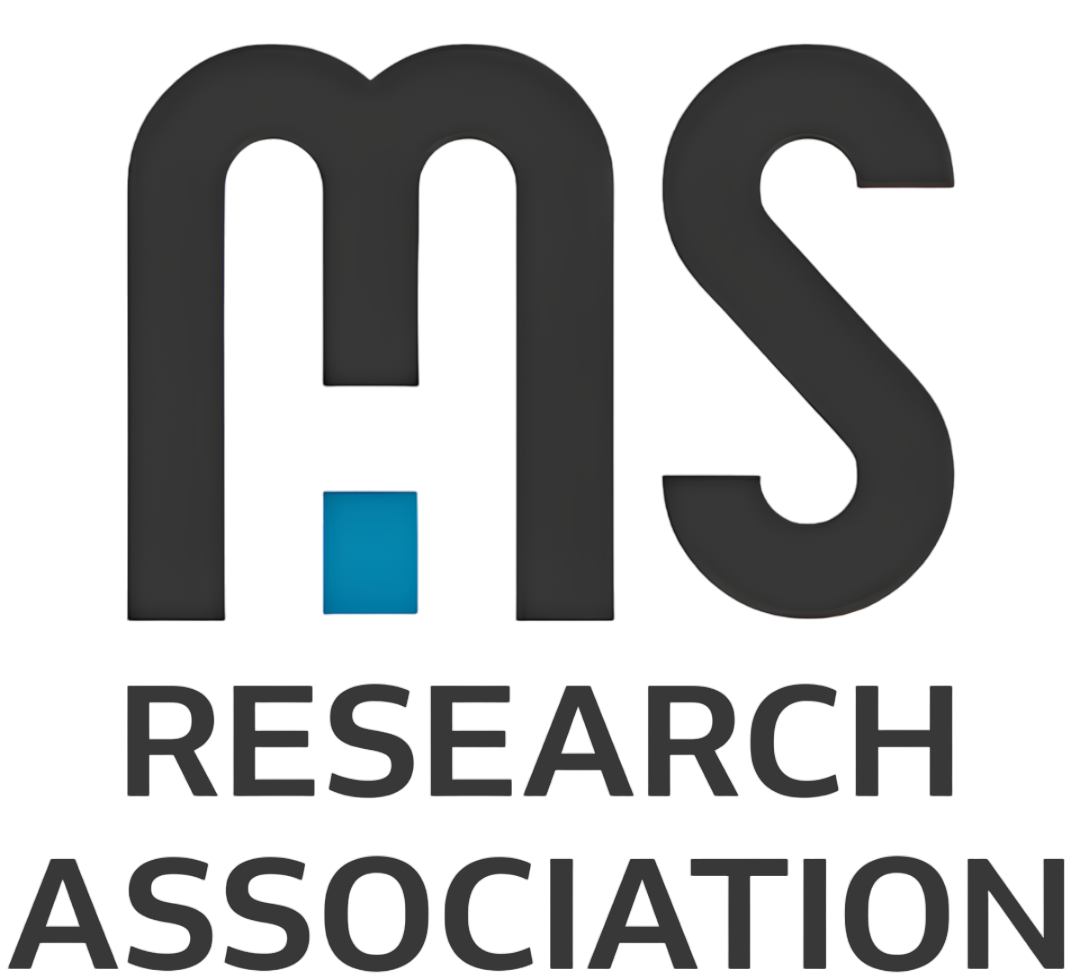Abstract
Neuromyelitis optica (NMO) is a rare autoimmune disorder distinguished by optic neuritis, transverse myelitis, and area postrema syndrome. Headaches as an initial manifestation are uncommon and often overlooked. This case describes a 46-year-old female with a 20-year history of migraines. The patient developed cervicogenic headaches three years before presenting with optic neuritis. MRI findings of optic and spinal lesions, together with positive aquaporin-4 immunoglobulin G antibodies, corroborated the diagnosis of NMO. Treatment with intravenous methylprednisolone, azathioprine, and rituximab resulted in substantial improvement in visual acuity and headache intensity. This case emphasizes the significance of investigating secondary causes of cervicogenic headaches and raises awareness about NMO in such patients, highlighting the benefit of early treatment in preventing long-term disability.
Introduction
Neuromyelitis optica (NMO), a rare autoimmune disorder that causes inflammation and demyelination of the optic nerves and spinal cord, frequently leads to optic neuritis and transverse myelitis, which may cause significant neurological disability if untreated. The presence of aquaporin-4 (AQP4) immunoglobulin G (IgG) antibodies is a key diagnostic marker. Migraine is a genetically influenced complex neurological disorder typified by episodes of moderate-to-severe headache, usually unilateral and accompanied by nausea and light and sound sensitivity. Headache and other forms of pain have occasionally been identified as NMO symptoms (1, 2). Headaches in NMO are less frequently recognized, though cervicogenic headaches and trigeminal autonomic cephalalgias have been reported as atypical manifestations. This case emphasizes the need to consider NMO in patients with unusual headache patterns, especially when accompanied by neurological symptoms. Early diagnosis and investigation are essential for improving outcomes and lowering long-term disability.
Case Report
A 46-year-old female presented with blurred vision in the right eye for five days and a history of worsening chronic headaches. Initially diagnosed with migraine without aura 20 years ago. However, the patient’s headache pattern changed three years prior, characterized by left cervical pain radiating to the left side of the head and triggered by forward head positioning. A neurological examination revealed horizontal nystagmus, left upper extremity weakness, hyperreflexia, bilateral Babinski signs, hypoesthesia in left C8-T1 dermatomes, and gait instability. No abnormalities were detected on fundus examination. The right eye’s visual acuity was 20/160, whereas the left eye’s was 20/32. Laboratory test results, including those of autoimmune and infectious panels, were unremarkable except for an elevated cerebrospinal fluid IgG index. Visual evoked potentials demonstrated bilateral latency prolongation. Magnetic resonance imaging (MRI) displayed enhancing lesions in the right optic nerve (Figure 1) and nonenhancing lesions in the cervical spine (C4-C5, C6) (Figure 2). The diagnosis of NMO was verified with a positive AQP4 antibody test result. The newly developed headaches were diagnosed as cervicogenic headaches based on the International Classification of Headache Disorders. The cervical range of motion was found to be restricted, and the headache was significantly aggravated on provocative maneuvers. Furthermore, the headache developed at the same time that the lesion appeared. Imaging data confirmed the presence of a lesion within the cervical spine. The patient was administered intravenous methylprednisolone (IVMP) for 10 days, leading to significant improvement in visual acuity and symptoms. Monthly IVMP pulses and azathioprine were part of the maintenance therapy. Cervicogenic headache pain was managed with weekly greater occipital nerve (GON) blocks, which were then tapered off. A new cervical lesion (C1-C2) (Figure 3A, 3B) discovered during a routine check-up to evaluate disease activity and progression at three months led to the initial administration of carbamazepine for pain monthsand subsequent rituximab therapy at six months due to the lesion’s progression.
Discussion
This case highlights the significance of identifying headache, which might occasionally be cervicogenic in origin, as a possible atypical manifestation of NMO. Choi et al. (3) demonstrated that this atypical and extremely uncomon disease presentation can significantly contribute to diagnostic challenges and potential misdiagnosis. It underscores the need to assess secondary etiologies in patients with new or altered headache patterns, particularly in those with a history of migraines. Early identification of NMO can facilitate timely intervention, improving outcomes and mitigating long-term sequelae.
The association of cervicogenic headache with NMO, as suggested by Masters-Israilov and Robbins (4), may be due to spinal cord and optic nerve inflammation and demyelination.
In this patient, cervical spinal lesions likely induced cervicogenic headache, which is characterized by pain radiating from the neck.
Acute NMO attacks are typically managed with high-dose IVMP, as in this case, resulting in considerable improvement in visual acuity and symptoms. Disease-modifying therapies, such as azathioprine and rituximab, are critical for relapse prevention and disease control.
GON blocks were effectively used to treat cervicogenic headache, lowering pain intensity and frequency. This demonstrates the utility of focused symptom management in addition to standard NMO therapies.
Clinicians should consider NMO in patients with evolving headache patterns and neurological signs. Comprehensive diagnostic evaluation, including MRI and AQP4 antibody testing, is critical. Timely initiation of immunosuppressive therapy and tailored symptom-specific treatments can significantly enhance patient outcomes. As revealed in a case published by Hamami et al. (5), NMO can present atypically with headache in pediatric patients, highlighting the importance of considering this diagnosis in patients with unusual headache presentations.
Conclusion
This case demonstrates that headache can be an early symptom of NMO, preceding conventional features such as optic neuritis or transverse myelitis. Although headaches are often benign, new-onset or atypical patterns warrant thorough evaluation. Recognizing headache as a potential early symptom of NMO allows for timely MRI and AQP4 antibody testing, facilitating prompt diagnosis and treatment. This approach is critical for enhancing long-term outcomes and mitigating the risk of severe neurological impairment.



